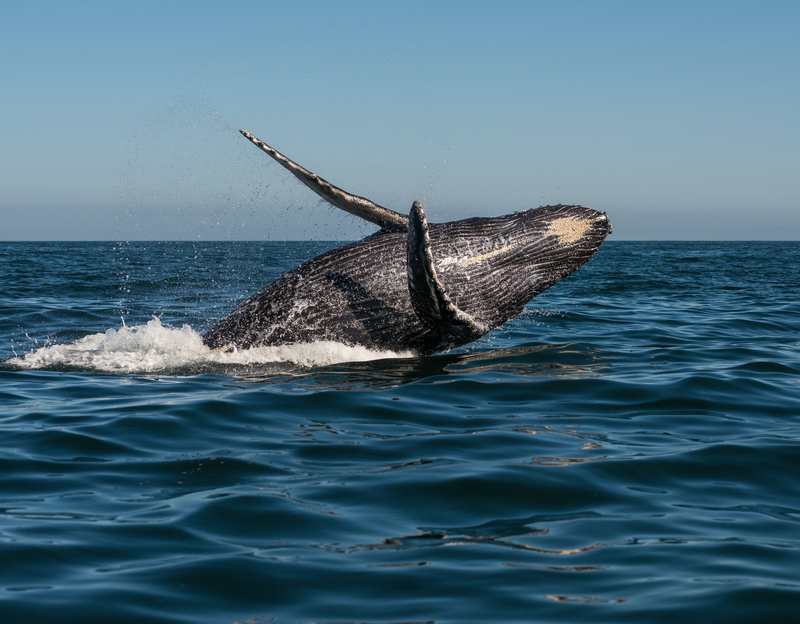Coastal drives offer whale of an adventure

Swirls of salty spray splash across the deck. Binoculars rise to eyebrows in anxious anticipation for the guests of honor.
Somebody yells, "There," and children rush to the railing and lean over for a better look. "Oohs!" and "ahhs" come from a group huddled on the foredeck.
The whales have returned on their annual migration to cool northern waters. One large gray mass breaks the dark green surface and foaming sea cascades across its back. Others spout in the distance and rise and fall with the gently rolling sea.
"People are always fascinated by these large creatures," said Birgit Winning, director of the Oceanic Society. "Whales and dolphins in general are social animals, and gray whales are known for their friendly behavior towards humans. There's a feeling of kinship."
Not a surprise considering whales share the same genealogical branch as humans. They are the largest mammals in the world and can measure up to 100 feet in length.
"We are always asked how whales make their living in the water, how they survive," Winning said.
The creatures spend late fall and early winter in southern climates. There they give birth and begin their long journey north to fertile coastal inlets, which provide plenty of food and shelter for nurturing young calves. As they migrate, the cetaceans travel in singles or small groups just a few miles off the coast.
On the west coast, gray whales travel between Alaska and Mexico. They breed and calve during winter in the sheltered southern lagoons and spend summers feeding in cold but fertile inlets of the Land of the Midnight Sun.
Humpback and Right whales make a similar journey on the East Coast. They leave the peaceful, warm waters off of Florida and the Caribbean and travel to cooler Atlantic waters in the north.
Both east coast whales were hunted to near extinction in the past two centuries. On the eastern seaboard in the 1960s, populations of the Humpback had dropped to an estimated 700 individuals on the east coast and Right Whales were even lower.
Today, the Humback population has rebounded into thousands. Sightings of the Right whale are considered rare since their population has dropped to an estimated 300 members.
In contrast, whales along the western coast have fared better. Humback whales make the annual journey along with the California gray, whose population is estimated at more than 20,000.
Whale cruises have become a cottage industry oon both coasts of the US. The best time for whale watching is during the late winter and spring migration:
The New England Aquarium and Whale Center of New England maintain information about whale watching cruises in the northeast. Late winter and early spring are best. Visit the following sites:
http://www.neaq.org/visit_planning/whale_watch/index.php
New York residents can locate information about local whale watching trips by going to:
For Northern California, the Oceanic Society maintains information about whale watching excursions and sightings at:
http://www.oceanicsociety.org/whale
In Southern California visit the American Cetacean Society, which also contains a wealth of whale related information:
http://acsonline.org/conservation/whale-watch-naturalist-programs/
For general information about whale watching, go to:
http://en.wikipedia.org/wiki/Whale_watching.
Article by Jay Alling, editor of Sensible Driver. Write to jay@sensibledriver.com.